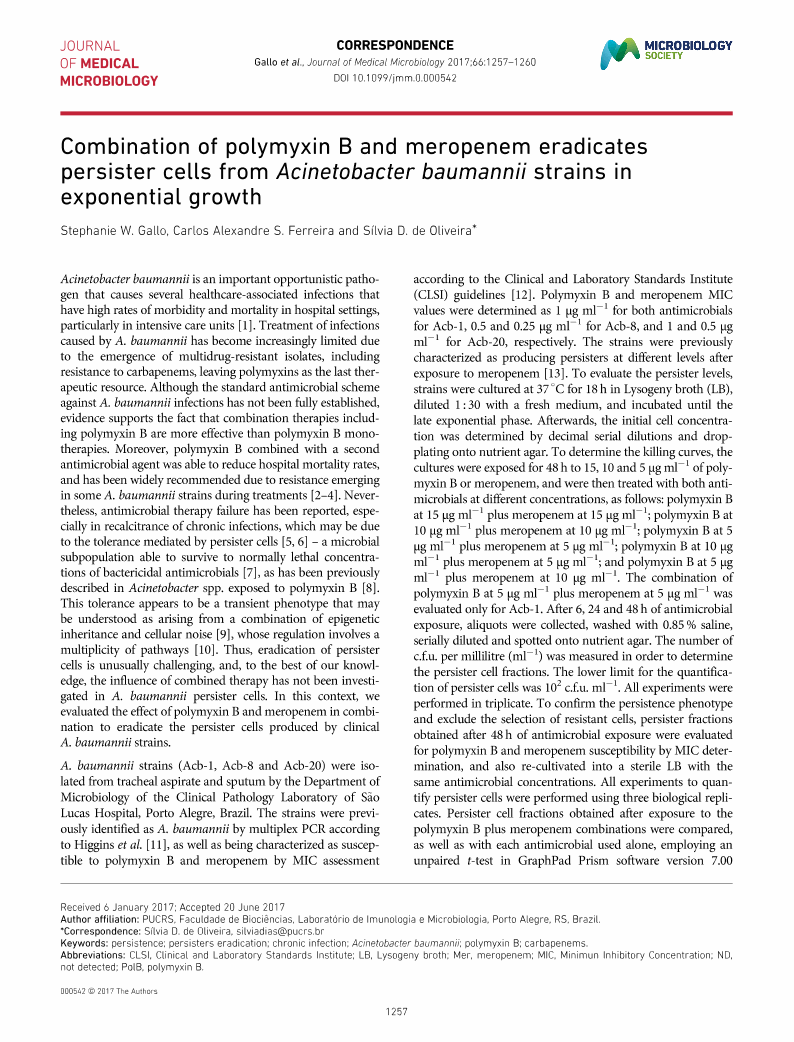
Full text loading...

Combination of polymyxin B and meropenem eradicates persister cells from Acinetobacter baumannii strains in exponential growth, Page 1 of 1
< Previous page | Next page > /docserver/preview/fulltext/jmm/66/8/1257_jmm000542-1.gif
There is no abstract available.

Article metrics loading...

Full text loading...
References


Data & Media loading...
